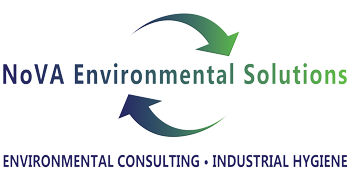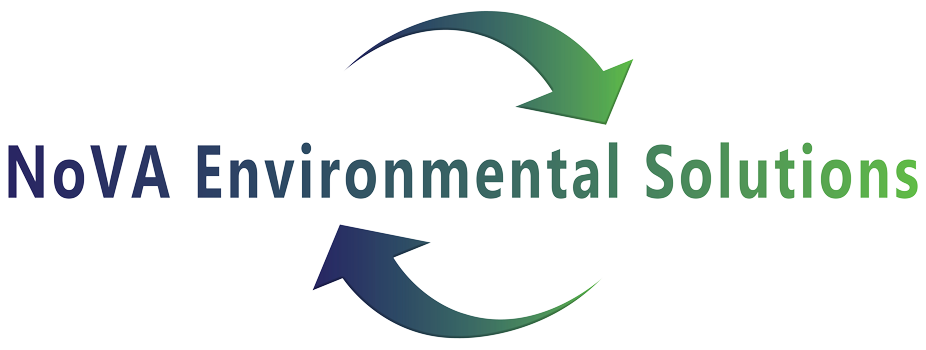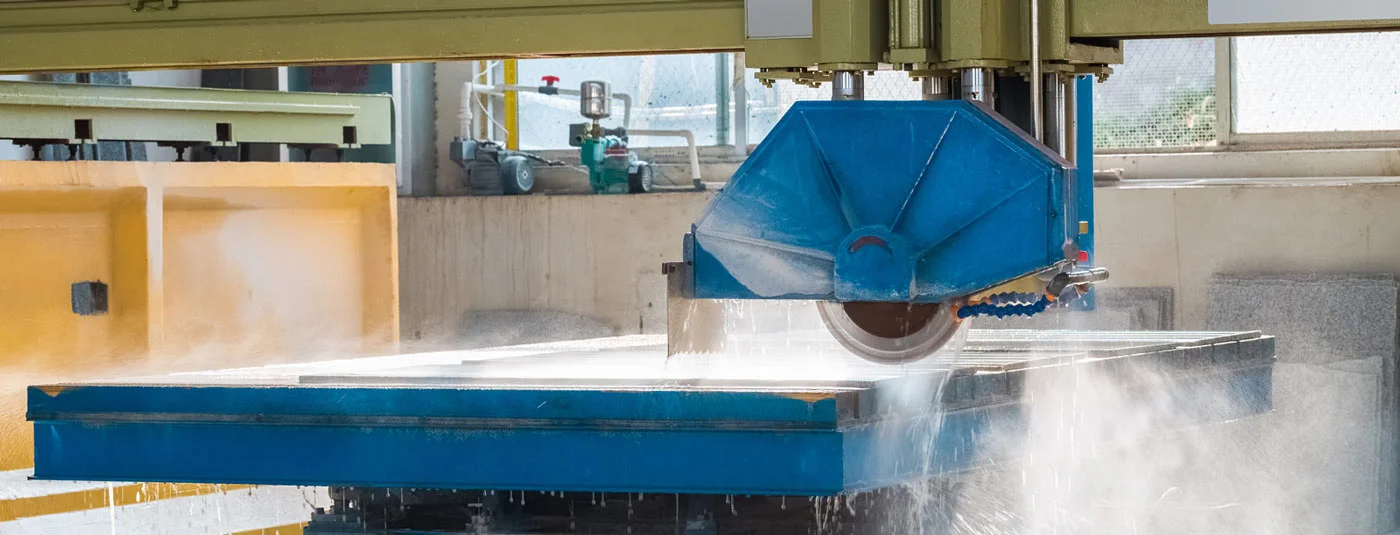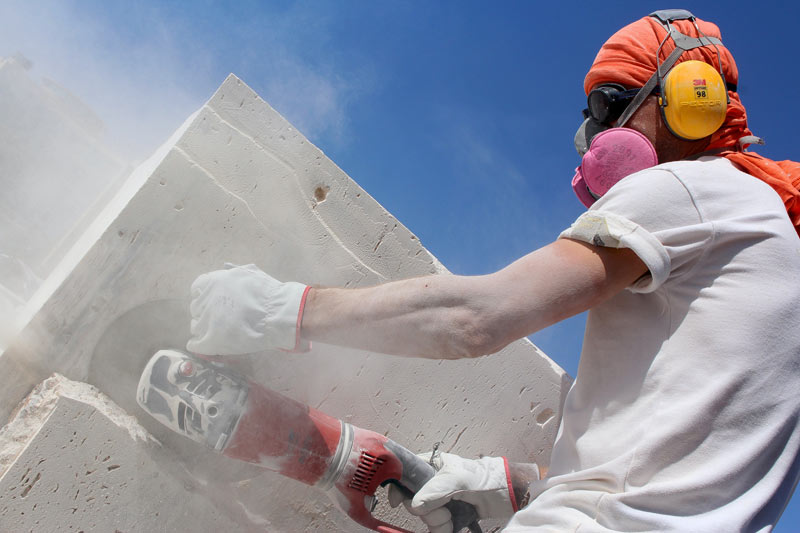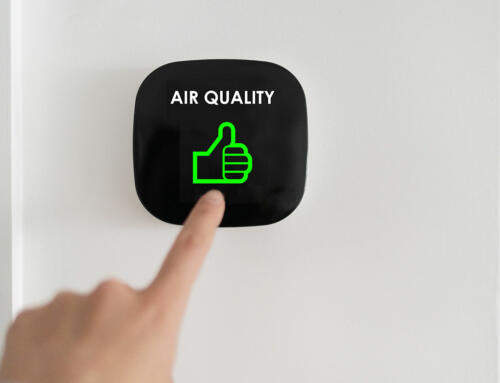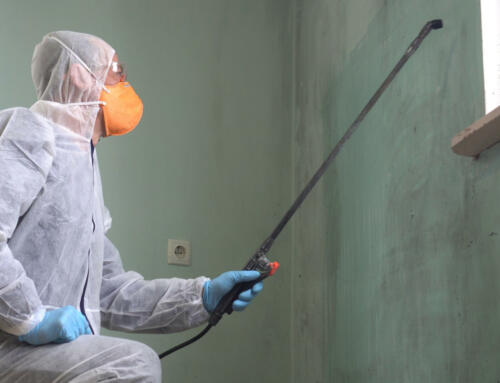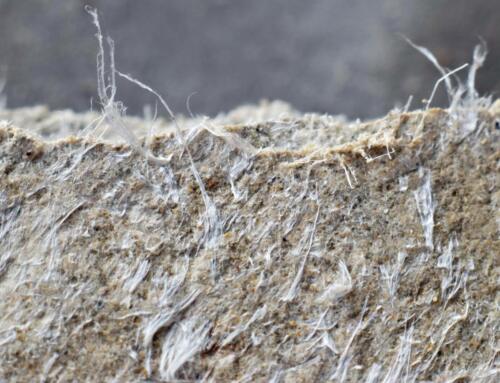What is Silica Dust Monitoring?
Crystalline silica, also known as quartz, is an abundant mineral component of sand, soil, stone, concrete, mortar, brick, and other building materials.1,2
When construction, stone countertop, foundry, mining, hydraulic fracking, ceramics manufacturing, and other workers perform cutting, abrasive blasting, grinding, drilling, crushing or alter materials containing crystalline silica, these particles may be released as respirable airborne silica particles. 1
What are health hazards associated with Silica Dust
Without proper protection methods, silica exposure (respirable particles <5 um) can result in chronic inflammation and fibrosis in the lungs and other organs.2 Additionally, Crystalline silica has been classified as a human carcinogen and can also contribute to systemic autoimmune diseases.2
One of the diseases specifically related to exposure to respirable silica particles is silicosis. 3 Silicosis is caused by silica dust entering the lungs causing inflammation and the formation of lung nodules and scarring in the lungs (pulmonary fibrosis).3 Silicosis is a progressive disease that typically takes 10-30 years to develop after first exposure. In the early stages of the disease, a person that has silicosis will show mild symptoms such as shortness of breath, coughing, and sputum.3 As the disease progresses, symptoms such as difficulty breathing, weakness, fatigue, fever, leg swelling, night sweats, and bluish discoloration of the lips may occur. 3 Without proper treatment, severe silicosis can lead to Progressive Massive Fibrosis (PMF) and increase the risk of other health problems such as lung cancer, tuberculosis, and chronic bronchitis.3
There is no cure for silicosis, so limiting exposure and early detection are critical for saving lives and providing manageable treatment for workers exposed to silica dust.1 In 2016, the Occupation Safety and Health Administration (OSHA) released the final rule “Occupational Exposure to Respirable Crystalline Silica” in 29 CFR Parts 1910, 1915, and 1826 to update the permissible exposure limit for respirable silica and provide requirements for employers to keep workers safe.1,4
What is the Permissible Exposure Limit (PEL) for Respirable Silica Dust in OSHA’s 2016 Final Rule “Occupational Exposure to Respirable Crystalline Silica”?
In OSHA’s Final Rule for “Occupational Exposure to Respirable Crystalline Silica” (effective June 23, 2016), OSHA established a new PEL of “50 micrograms of respirable crystalline silica per cubic meter of air (50 [mu]g/m3) as an 8-hour time-weighted average” in all industries included in the rule.4
The PEL included in this new rule now aligns with the limit recommended by the National Institute for Occupational Safety and Health (NIOSH) in 1974.5
What industries are included in OSHA’s 2016 Final Rule “Occupational Exposure to Respirable Crystalline Silica” and what standards are involved?
In the Final Rule, OSHA set standards for the Construction Industry, General and Maritime Industries, as well as the Hydraulic Fracking Industry. 1 The standards contained in the final rule went into effect on June 23, 2016, and gave the Construction Industry one year to comply with most of the requirements related to silica dust, the General and Maritime Industry had two years, and the Hydraulic Fracking Industry had two years to comply with all provisions except for the engineering controls (had a compliance date of June 23, 2021).1
OSHA requires employers in these industries to do the following to prevent exposure above the PEL1:
- Use engineering controls (including water and/or ventilation measures) to limit exposure to airborne silica dust1
- Provide respirators and protective equipment when engineering controls cannot limit exposure below the established PEL1
- Write a silica exposure control plan1
- Offer medical exams (every three years to workers who are required to wear respirators, and records of medical exams and exposure measurements must be kept and maintained)5
- Limit worker access to high-risk areas1
- Train workers on the hazards of silica, methods of reducing exposure, and associated health risks.1
What industries are exempt in OSHA’s 2016 Final Rule “Occupational Exposure to Respirable Crystalline Silica”?
OSHA has made the determination to exclude exposures in General Industry, Maritime, and Construction Industry where the employer has objective data that shows that employee exposure to respirable silica dust “will remain below 25 [mu]g/m3 as an 8-hour TWA under any foreseeable conditions”. 4 According to OSHA, if low exposure levels are met through engineering and technological controls, the exemption rule is not applicable. 5 OSHA also excluded exposures that result from processing sorptive clays from the scope of the new rule.4
How is testing conducted for respirable silica dust?
Testing for respirable silica dust is done by a certified industrial hygienist in accordance with the NIOSH Manual of Analytical Methods (NMAM).6 The sampling typically involves using low volume personal air sampling pumps equipped with either a mixed cellulose ester filter cassette filter (MCE) or polyvinyl chloride filter (PVC) cassette.7 These samples will be running while attached to workers during the duration of their typical shift in an area with silica dust.
This method and filter may be slightly different for the following different NIOSH methods and procedures7:
- NIOSH Method #7501 Silica, Amorphous
- NIOSH Method #7500 Silica Crystalline by XRD
- NIOSH Method #7601 Silica Crystalline by VIS
- NIOSH Method #7602 Silica Crystalline (IR)
- NIOSH Method #7603 Silica in Coal Mine Dust
Following analysis of the samples by an accredited laboratory, the industrial hygienist will provide a report that displays an evaluation of the analytical data as well as recommendations for the operation’s engineering controls and methods.
List of References:
- OSHA Articles | Respirable Crystalline Silica – OSHA’s Final Rule (oshaeducationcenter.com)
- Crystalline Silica – an overview | ScienceDirect Topics
- Silicosis | American Lung Association
- Occupational Exposure to Respirable Crystalline Silica; Final Rule | Occupational Safety and Health Administration (osha.gov)
- Everything You Need to Know About OSHA’s Respirable Crystalline Silica Final Rule — Occupational Health & Safety (ohsonline.com)
- Silica, Crystalline – Sampling and Analysis | Occupational Safety and Health Administration (osha.gov)
- Alphabetical Method Listing – S – NMAM 4th Edition | NIOSH | CDC
